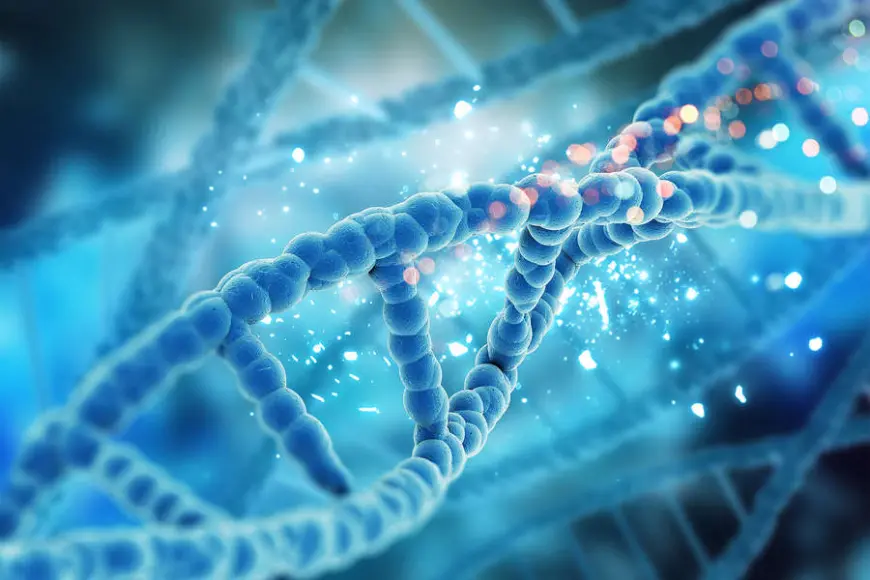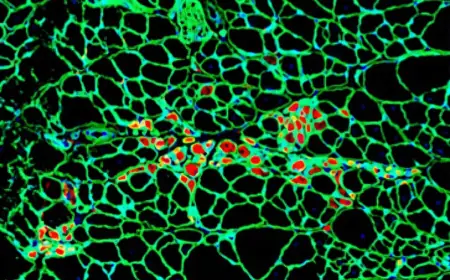Gene Therapy Saves Infant: A Medical Revolution Has Already Begun
A unique case of gene therapy has changed the fate of an infant suffering from a life-threatening disease. Doctors managed to cure the baby without viruses or surgery — using nanoparticles and reprogrammed RNA.

For the first time in history, scientists successfully treated a baby suffering from a deadly metabolic disorder using gene therapy — not through injections, but by delivering the therapeutic gene directly to the liver via lipid nanoparticles.
This isn’t just a case — it’s a signal: the future of medicine is already here.
What Was the Disease?
The condition is called ornithine transcarbamylase deficiency (OTC-deficiency) — a rare genetic disorder in which the body cannot break down ammonia. Without treatment, it leads to toxicity, seizures, coma, and death in infancy.
How Did the Therapy Work?
Conventional treatments failed. Then, U.S. scientists applied an innovative approach:
Lipid nanoparticles (liposomes)
RNA carrying a “corrected” copy of the gene
Direct delivery into liver cells — the site of the metabolic dysfunction
Within weeks, the baby’s health indicators stabilized, and for the first time, ammonia levels in the blood became safe without dialysis.
Why Is This a Revolution?
Previously, gene therapy required:
Viruses as delivery vehicles (risky)
Organ transplants and long recovery periods
High doses of immunosuppressive drugs
The new method:
Uses no viruses
Requires no surgery
Enables targeted delivery
Is suitable even for newborns
Who Is Behind the Project?
The treatment was developed through collaboration between:
The University of Philadelphia Hospital
The Institute of Cell Therapy
Supported by the NIH and a gene therapy biotech startup
What Does This Mean for the Rest of Us?
The possibility to treat rare diseases once considered terminal
Potential cost reduction from $1.5 million to $50–100 thousand per therapy
Hope for thousands of families around the world
Currently, more than 200 similar gene therapies are in development — including treatments for muscular dystrophy, spinal muscular atrophy, and congenital immunodeficiencies.
Conclusion:
The future of medicine isn’t in pills — it’s in rewriting the very code of life. And that future is already here.
Subscribe to stay updated on the most groundbreaking medical discoveries saving lives today.



























